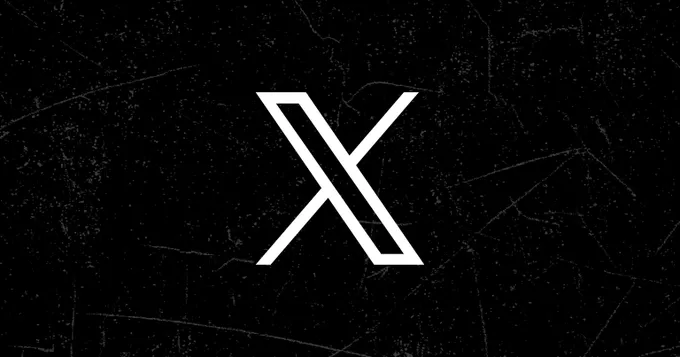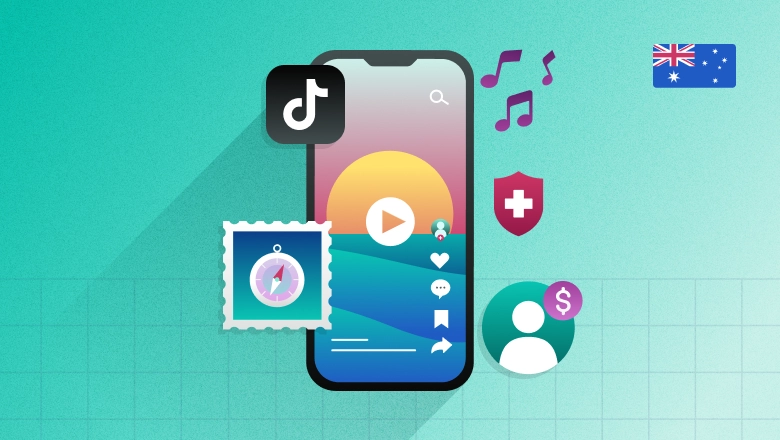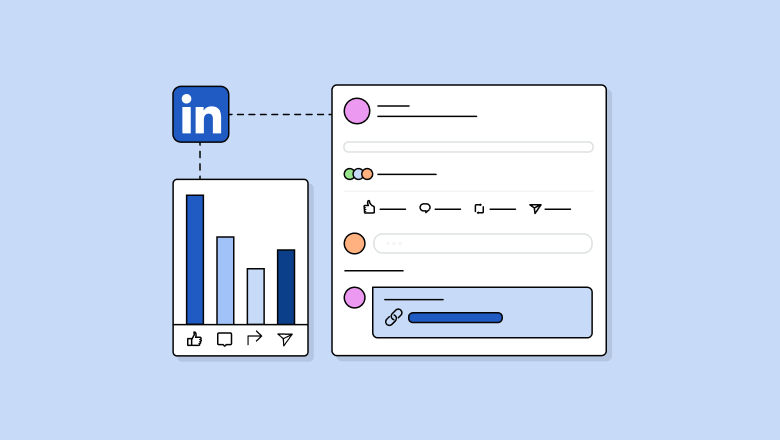How to find influencers for your brand’s marketing campaign
Influencer marketing (IM) enables brands to drive authentic engagement in a saturated digital space where consumers have grown skeptical of traditional advertising. It humanizes Read more... The post How to find influencers for your brand’s marketing campaign appeared first on Sprout Social.

Influencer marketing (IM) enables brands to drive authentic engagement in a saturated digital space where consumers have grown skeptical of traditional advertising. It humanizes you and offers a more relatable way to connect with your audiences. As the 2024 Influencer Marketing Report showed, almost half of the 2000 consumers surveyed make daily, weekly or monthly purchases because of influencer posts.
However, a big challenge marketers face is finding the right influencers for their campaigns. It’s no longer just about follower count—authenticity and topical relevance have become the true currency of successful partnerships.
According to the same report, 67% of consumers think the best brand and influencer collaborations are those that are honest and unbiased. That’s why brands need to ensure they’re collaborating with an influencer whose values and audience align with their own, or they risk coming off as disingenuous.
In this article, we’ll dig into how marketers like you can find the right influencers for your brand campaign. We’ll also share our own best practices and shed light on what influencers expect from brands.
What is an influencer?
An influencer is someone with a dedicated social following who has sway over an audience in a particular niche or industry. Influencers often have specialized knowledge, authority or insight into a specific subject.

Influencer marketing has been around for decades through celebrity endorsements. However, as more advanced measurement tools become available, influencers’ roles in marketing will shift in 2025. It’ll be less about their popularity and follower count and more about driving conversions and providing a clear ROI.
Influencers humanize brands and help them foster a more genuine, real-life connection with their audience. And with the rise of generative AI tools, consumers crave authenticity and human connection like never before. This is where influencer partnerships will shine.
What is the difference between an influencer and a creator?
Digital creators and influencers—are these interchangeable terms? Not quite. The main difference is an influencer shares sponsored content, whereas a creator develops original content. While there’s certainly overlap in what they do—content creators have influence, and influencers create content—the intent is different.
An influencer’s primary intent is to encourage their followers to purchase a specific brand, product, service etc., as they have a financial incentive to do so (i.e., they were paid a promotional fee or earn a commission from sales).
In comparison, a content creator’s primary intent is to create engaging and valuable content for their audience. They may also create content that brands market as their own, working behind the scenes. They could have a large audience, but their content is their focus vs. their lifestyle. They may also monetize their work through sponsorships but often have other revenue streams like subscriptions, memberships, digital products and fan contributions.
What is a lookalike influencer?
A lookalike influencer is a creator who shares similar characteristics—such as content style, audience demographics, niche or engagement patterns—with another influencer who has already proven successful for your brand or a competitor.

But why would brands want to seek out lookalike influencers? Well, most often it’s because they want to scale campaigns to reach new but similar audiences, or replicate past influencer success. It’s like finding a new “version” of an influencer who already works well, helping you expand your reach while staying aligned with what resonates.
What are the four types of influencers?
Based on follower count, there are four main types of influencers: mega-influencers, macro-influencers, micro-influencers and nano-influencers.
We’ll break down each type, sharing examples and the pros and cons of working with each.

Mega influencers
Mega influencers have massive, million-plus followings. Famous actors, musicians, athletes and other public figures often fall into this category, but many social media stars have achieved mega-status.
For example, Helen Christie is a UK-based content creator and actor with close to two million TikTok followers and one million YouTube subscribers. She’s partnered with brands like Disney+, Meta, Monzo and Channel 4.
Mega influencers offer unprecedented exposure for brands, but it comes with a mega price tag. This type of influencer partnership could work well if you’re a brand with mass appeal (e.g., tech, food, big box retail) and a large marketing budget.
Macro-influencers
Macro-influencers are famous social media personalities with audiences within the 100,000 to one million follower range. They are considered go-to voices within a particular niche, such as food, beauty or lifestyle.
For example, Mattie James is an Atlanta-based lifestyle influencer and author who has partnered with brands like Samsung, T.J. Maxx and Kroger.
Like mega influencers, macro-influencers have substantial reach—with a hefty price tag. However, since they often have a more niche audience, a macro-influencer partnership could work well for brands looking to reach a specific but large audience. For example, since Mattie is a Black millennial mom, she’d be a good fit for brands looking to reach this demographic interested in clothing or skincare.
Micro-influencers
Micro-influencers have audiences of 10,000 to 100,000 followers. They may not have the reach of mega and macro-influencers, but studies have found that they often have a higher engagement rate, meaning followers see, like, comment on and share their content more often. They also tend to be more affordable than more prominent influencers.
For example, Serena Lalani is a digital creator who’s grown a TikTok audience of over 16,000 followers by vlogging about her life in Montreal, Canada. She’s partnered with brands like Murad Skincare and Osheaga, a Montreal-based music festival.
Nano-influencers
Nano-influencers have less than 10,000 followers. But what they lack in size, they often make up for in engagement. They’re helpful for reaching specific communities and demographics at an affordable rate.
For example, Danica Nelson is a Canadian finance and travel creator who has worked with brands like Mydoh, Rakuten and Porter Airlines.
How to define your ideal influencer
Partnering with an influencer with a large following may help you increase brand awareness, but if you want the most bang for your buck, you should work with influencers who can get your brand in front of the right people. To do this, you need to first define what your ideal influencer looks like. These pointers will help.
Know your target audience
Knowing your target audience enables you to choose influencers with audiences and social channels that align with your brand. Plus, when you understand what your audience likes, you can pick influencers you know they will relate to.
For example, it makes sense for a fitness brand like Athleta to partner with an athlete influencer, like figure skating champion Mariah Bell, over a more generic lifestyle influencer with a larger audience. As of the time of writing this article, Mariah has an engaged following of over 100,000 fitness enthusiasts, making her a strong match for the brand.
Mariah’s expertise as a professional athlete adds trustworthiness to her recommendations. Plus, since she regularly posts practice sessions, content about her training in the brand’s products fits with the rest of her and Athleta’s content.
Establish your campaign goals
Establish clarity over your campaign goals—whether it’s boosting brand awareness, generating leads or driving sales. For brand awareness, prioritize influencers with broad reach and high engagement. If your goal is lead generation or conversions, look for creators with a highly targeted, trusting audience and a track record of influencing action.
Your objectives should directly shape the type of influencer you partner with, from their niche and content style to the platforms they use.
Pay attention to social conversation and brand mentions
Pay attention to social mentions and social conversations revolving around your brand and industry. Focus on individuals who engage frequently with your brand. It’ll help to use tools like Sprout Social Listening because then you can access millions of unfiltered social conversations on different topics relevant to your campaign. This way, you can quickly and effortlessly identify brand advocates by establishing which individuals are already talking about you—and in a positive light. The tool’s built-in sentiment analysis algorithms further enable you to understand conversations in a more nuanced manner.
Identify key influencer characteristics
Zero in on the characteristics of your ideal influencer that match your brand and audience. Look for niche relevance—do they create content in your industry or speak to your target market? Analyze audience demographics to ensure their followers align with your ideal customer. Prioritize engagement rate over follower count, as it signals trust and impact.
Review their content quality and consistency, and make sure their tone, values and style align with your brand. The closer the match, the more authentic and effective the partnership will be.
Create an “ideal influencer” persona
Use all the information you’ve collated above to create an ideal influencer persona. Check your campaign goals—what do you want the influencer to help you achieve (e.g., awareness, engagement, conversions)? Then, outline the characteristics that align with those goals. Include metrics like ideal follower count, engagement rate and past brand collaborations. Be sure to account for topical alignment and brand fit, too.
Think of this persona as a profile of your perfect partner—someone whose voice, audience and impact naturally complement your brand and objectives. This clarity will help you filter candidates and target outreach more strategically.
How to find influencers for your brand
With short-form videos and interest-based algorithms dominating feeds, content quality, engagement and timely trends have become important deciding factors in choosing the right influencers to partner with.
Here are smart ways to search and connect with influencers—from influencer marketing platforms to good old-fashioned networking.
Use an influencer marketing platform
Influencer marketing platforms are tools that simplify influencer marketing campaign management. They offer a range of features, but many have search tools to help brands find their perfect influencer match.
For example, Sprout Social Influencer Marketing helps you cut through the noise and search for influencers for your brand campaigns by using focused, AI-driven social insights. Check out this video to see how we built our influencer marketing program from scratch, scaled it strategically and turned insights into real results.
Here are more details on how the platform helps you find the right influencers:
- The profile discovery tool puts the most important and actionable information, like the topics an influencer discusses most often, front and center. It has over 50 search filters that help you find influencers that match your exact criteria.
- A powerful Brand Fit Score helps you understand how well an influencer’s content aligns with your brand’s values and goals.
- Benchmarking tools for comparative insights allow you to identify creators with the strongest likelihood of success.
- An always-on Brand Safety tool helps protect your reputation so your marketing teams can focus on building impactful partnerships and ensure a smooth and efficient campaign execution.
- The built-in affinity engine further narrows down your search by using machine learning and audience psychographics to identify brands and creators with a strong brand affinity.
- The Sync feature allows you to build custom landing pages to attract, qualify and capture prospective influencers for brand partnerships.
- Analytics and reporting tools enable you to confidently measure and report the ROI of your influencer campaigns alongside branded content. Strengthen your social strategy by analyzing the performance of both paid (sponsored) and organic posts in one place.
These powerful tools help you derive the full value of your social ROI so you’re able to unlock a more sophisticated marketing pipeline. And since AI-powered recommendations make searching for and evaluating the right influencers that much easier, it doesn’t matter whether you’re a pro at influencer marketing or a first-timer.
Social media platform native searches
Trending industry posts are great for discovering influencers. If you notice a post going viral, see who published it and whether they have a substantial and active following. Also, look at the comment section of a popular post to see if any influencers are engaging with it.
If you’re looking for LinkedIn influencers, search for a relevant keyword and set the filter to ‘Posts.’ Scroll through the results and look for posts with a high level of engagement (i.e., likes, comments, views, etc.). A lot of engagement is usually a sign that someone has a large audience.
A simple content search for the term ‘SEO’ on LinkedIn led us to Danny Asling, a marketing professional with over 30,000 followers.
Use social media networks’ search functions and look up keywords and hashtags related to your products or services to find influencers already creating relevant content. For example, an ethical clothing brand looking for TikTok influencers might check out the network’s #sustainablefashion hashtag.

If you’re looking for Instagram influencers, use location-specific hashtags to find influencers in your area. Try a combination of your location, niche and words like ‘influencer,’ ‘creator,’ ‘blogger’ or ‘vlogger’—like #atlantamomblogger.

Competitor Analysis
Are your competitors working with influencers? While you might want to use different talent, check out their influencers’ audience and who they follow to find similar creators. Also, keep an eye on who gets a lot of likes or comments on your competitors’ posts, as they too, could be influencers.
Skincare brand Mario Badescu posted a Reel from lifestyle influencer Vanessa Zambito.
Looking at her followers led us to Elxi Elvina, a digital style creator with over 170,000 followers.

Search engines
Try using Google to search social media sites. Here’s how:
Type “site:” followed by the name of the website you’re searching.
Follow the website name with a single space and then type the search phrase
If you wanted to search for a beauty influencer in Detroit, you’d type the following into the search field: site:instagram.com “detroit beauty blogger”

A search like “your industry + influencers in X region” will help you find local influencers. You might also see some articles with lists of the best influencers in that region. For instance, if you’re a San Francisco-based cookware brand, a simple search for ‘Bay Area food influencer’ generates millions of hits.

Industry-specific communities and forums
Another great way to find influencers is through scanning industry-specific communities and forums. For example:
- Reddit: Use Reddit social listening to search relevant subreddits and look for users with high engagement and valuable contributions.
- Facebook Groups: Facebook influencer marketing is a great way to convert leads into sales because, according to The 2025 Sprout Social Index ™, nearly 40% of Gen X consumers use the platform for social product discovery and purchases. Join active groups in your niche and identify members who post consistently and get strong engagement.
- LinkedIn Groups: Monitor discussions in relevant groups; note members who regularly share insights and spark conversation. Here are some LinkedIn influencers who are successfully partnering with brands.
- Niche communities: Niche marketing can be a learning curve, but once you know how and where to look, it can be a game-changer. For starters, look for niche groups within your target audience with unique preferences and needs. Then look for top posters or moderators with high positive engagement and whose opinions are sought after by the community.
Engage on these forums authentically by commenting or sharing content from your ideal influencers or asking thoughtful questions. This creates your brand awareness and helps you build rapport and make your outreach more genuine and effective.
Your network
One of the easiest ways to find an influencer is to ask for recommendations. Reach out to your network—colleagues, employees, friends, industry contacts, business partners, etc.—and see if they know any influencers that would fit your criteria.
You can also post about your influencer search on social media. Encourage your network to recommend or tag potential influencers in the comments and share or like the post to help boost its reach.

Industry events and conferences
Influencers may work online, but you can still connect with potential partners in person at events and conferences. Try attending creator-specific events like VidCon or CreatorConf to discover new influencers and gain tips and inspiration to optimize your next campaign.

Don’t have the budget to attend? Look up some events and conferences in your industry and see who’s speaking at them. Event organizers often hire influencers as speakers, as their sizable audiences will attract attendees.
It’s important to pay attention to an influencer’s follower-to-engagement ratio and engagement quality to spot a fake influencer. If an influencer appears to have many followers but has abysmal engagement, they might be a fraud.
It’s also key the influencers you want to partner with should have the experience or expertise to knowledgeably promote your product and brand. An easy way to find out is to look through their media kits. Most established influencers have these presentations in their account profile, which include insights on their audience, niche, follower demographics, follower growth, engagement metrics, content formats and platforms.
3 best practices on how to find the right influencers from Sprout’s first-hand experience
Finding the right influencers isn’t just about follower count—it’s about impact. The best partnerships feel authentic, drive real engagement and align with your brand values—and campaign goals.
Beyond these foundational tactics, we uncovered key strategic best practices through our firsthand experience collaborating with influencers and thought leaders when developing The 2025 Sprout Social Index ™.
Deciding to go off the beaten path, we explored a long-term campaign with strategic influencer partnerships to continue the buzz around the newly launched Index. We invited influencers and creators who mirrored our brand values and target audience to form the inaugural Index council, where we sought their insights on all things poised for social in 2025. This was followed by content collaborations that ran across six months.
Our influencer efforts delivered strong results, driving over 260 new leads to the Index across 21 pieces of content, with momentum still building.
To share what we’ve learned, here are the three best practices we’ve distilled.
1. Search on unexpected platforms
Don’t limit your search to Instagram or TikTok. Influencers thrive on platforms like LinkedIn, Reddit, Discord, Twitch, Medium or niche forums—especially in B2B or specialized industries. These communities often house micro-influencers with highly engaged, trust-based audiences. Exploring these lesser-known spaces helps you discover voices that truly resonate with your target market, not just the loudest ones.
We followed this approach and focused our efforts on LinkedIn as our primary platform to promote the Index and raise awareness among decision makers and social professionals alike.
“We wanted to differentiate ourselves and meaningfully embed our influencers and creators into the creation of the Index itself. We decided to have an Index council of social practitioners and decision makers in the social marketing space, that also included influencers and creators shaping the industry. We invited these #SproutSocialPartners to be a part of our (Index) council, and they actually helped shape part of the insights found in the final draft of our Index report,” explains Sprout’s Senior Social Media Strategist, Greg Rokisky.
One of our partners was Brianna Doe, Founder of Verbatim Agency, and host of the popular podcast, Stop the Scroll. With nearly 250,000 followers, she’s a key voice in brand influence and helped amplify our Index outreach through LinkedIn.
2. Think long-term
Skip the one-off promo mindset. Long-term partnerships with influencers provide them with the space and creativity to authentically integrate your brand into their content—and vice versa— over time. This gives your campaign a much-needed drumbeat and builds credibility and trust. Plus, repeated exposure helps increase brand recall and loyalty. Look for creators who can grow with your brand and evolve into ambassadors, not just short-term megaphones.
The key is to be up front when discussing long-term collaborations with your ideal influencers, Rokisky says. For the Index council, for example, Sprout commissioned a 6-month contract with influencers and creators at the start of the campaign.
“Look at creators who are willing to co-create with you on a long-term basis. A lot of creators or influencers are interested in this, but some only want one-off posts. Not all influencers want long-term commitments, and you need to understand to exact goal or objective of every activation you’re planning” he advises.
“Not only did we discuss partnering with us at the launch of the report with a post from each Council member to drive initial buzz and awareness within those first few weeks, but we also contracted virtual event activations that spanned throughout the first half of the year for a consistent drumbeat to drive lead generation,” he explained.
The other benefit of long-term campaigns like this is that they feel like equal partnerships. “It really feels like we are co-creating with influencers and creators, not just on content, but how they are embedded within our organization from the very keystone reports that we develop as an organization,” Rokisky emphasized.
Look beyond the original social posts—what else can you create to extend the life of your campaign? Explore repurposing ideas to keep your content fresh and spark creativity. This opens up new engagement opportunities and ensures your message reaches different audiences in more meaningful ways.
For example, here’s another member of our Index Council, Josh Rangel, Senior Director, Social at Ogilvy, building off the 2025 Sprout Social Index. In this post, he’s promoting a webinar focused on key insights from the Index, featuring him, Tim Brogdon, Director of Digital Content at the Chicago White Sox and Sprout Social CMO, Scott Morris.
3. Base partnerships on shared values and topical alignment
Authenticity matters. Your brand and the influencer should align on key values—whether it’s social causes, sustainability, innovation, inclusivity or transparency. This is especially important because it gives influencers creative freedom while offering you peace of mind that their content is aligned with your brand values.
It’s also great from the audience’s point of view because audiences are quick to spot a mismatch, and forced partnerships can backfire. A shared mission makes collaboration more natural and meaningful, and it strengthens the emotional connection with both the influencer and their audience.
What influencers expect when collaborating with brands
When influencers collaborate with brands, they’re not just lending their audience—they’re putting their reputation on the line. To create a successful partnership, brands must understand what influencers truly expect of them. This strengthens your brand pitch.
Here are three key factors that can help you better collaborate with influencers.
1. Creative freedom
Influencers want to present your brand in their own voice, not a scripted sales pitch. They know their audience best and what kind of content resonates. When brands micromanage while going through layers and layers of approvals, content can begin to feel inauthentic. This can hurt both the influencer’s credibility and the brand’s results.
Trusting the influencer’s style and tone leads to more genuine, engaging collaborations. This, again, exemplifies why it’s critical to ensure you and the influencer you want to collaborate with share the same values. Here are some influencer marketing campaign examples that show how being on the same page can lead to successful marketing.
2. Clear communication & expectations
Influencers appreciate transparency from the start—what the campaign goals are, the timelines, deliverables and compensation. This clarity can prevent misunderstandings later in the project, which can weaken the campaign, and ensure both sides are aligned on the finer details. In fact, per the 2024 Influencer Marketing Report, 65% of influencers would like to be involved in creative or product development conversations early in the project, rather than just being handed a brief at the last minute.
3. Fair compensation
The 2024 Influencer Marketing Report shows 59% of influencers want to work with companies that have clear budgets and payment structures. That’s understandable because influencers expect to be paid fairly for the value they bring—whether through reach, engagement or influence in a niche market.

But here’s the good news—compensation doesn’t have to be rigid. It can include monetary payments, products, affiliate commissions or even a mix. The important thing is that it should reflect the scope of work and the influencer’s level of influence. This also helps in the long run as brands that offer fair terms build long-term goodwill and attract higher-quality partners.
Here’s more from our IRL event at 2025’s Creative Economy Live, where our influencer partners like Creator and Strategist Jayde Powell, and Brendan Gahan, CEO and co-founder of Creator Authority, share their insights on how brands can find the right influencers and create successful partnerships for real, long-term impact.
Build powerful campaigns by partnering with the right influencer
Finding the right influencer isn’t just about good strategy. It’s the cornerstone of impactful influencer marketing. Partnering with the influencers best for your brand can be the difference between a powerful campaign that’s successful and one that doesn’t quite give you the social ROI you were expecting. When you prioritize alignment and choose influencers whose values and audience genuinely reflect your own, you unlock the power of authentic storytelling and trusted engagement.
Talk to our team and find out how Sprout’s powerful influencer marketing tools can help you choose the right influencer so you’re aligned with your influencer marketing goals. Request a Demo today.
The post How to find influencers for your brand’s marketing campaign appeared first on Sprout Social.
















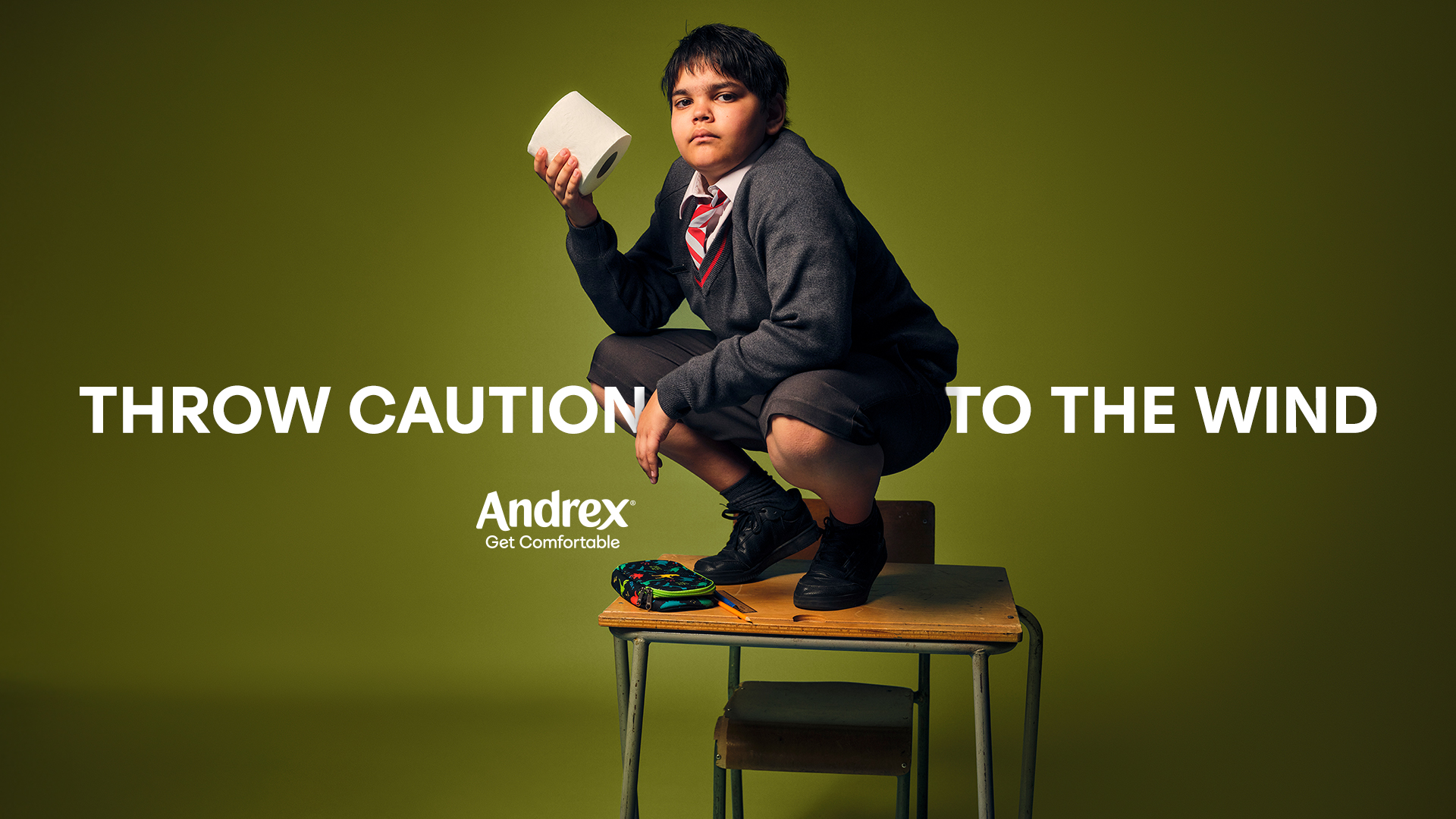

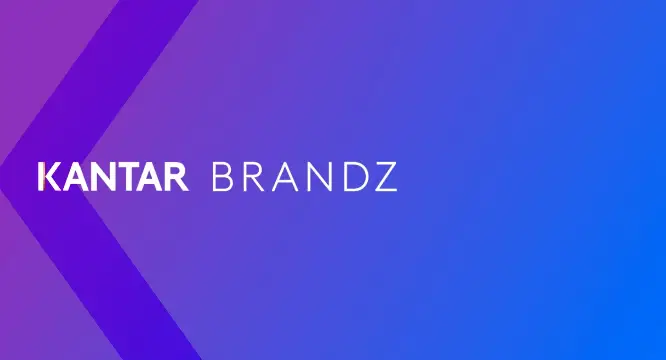













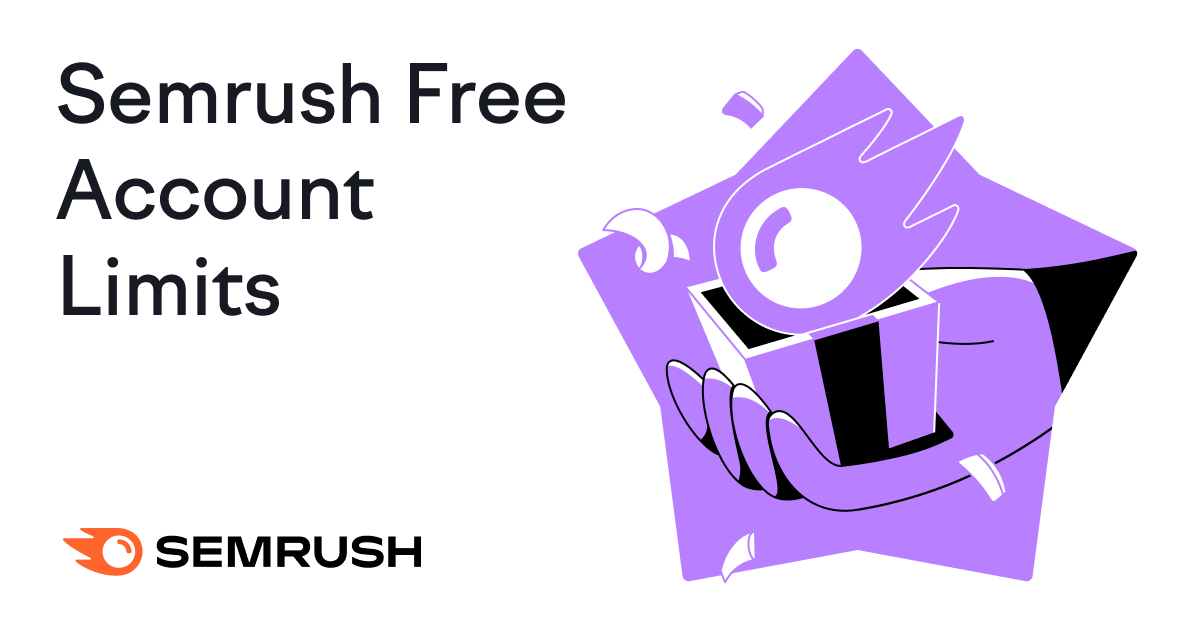

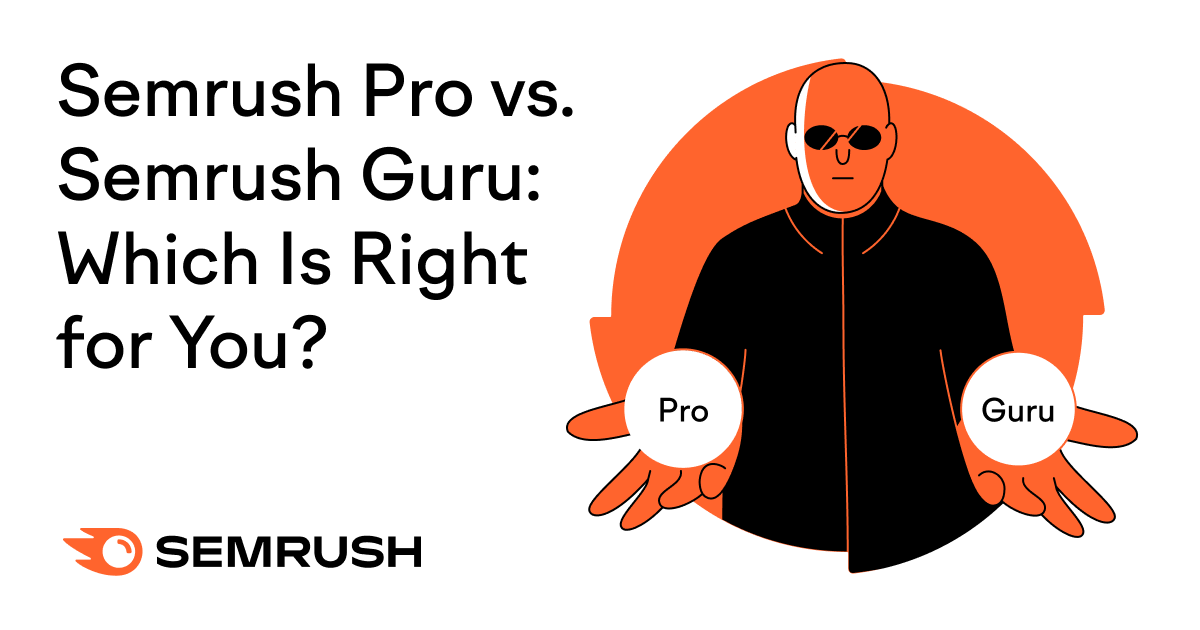
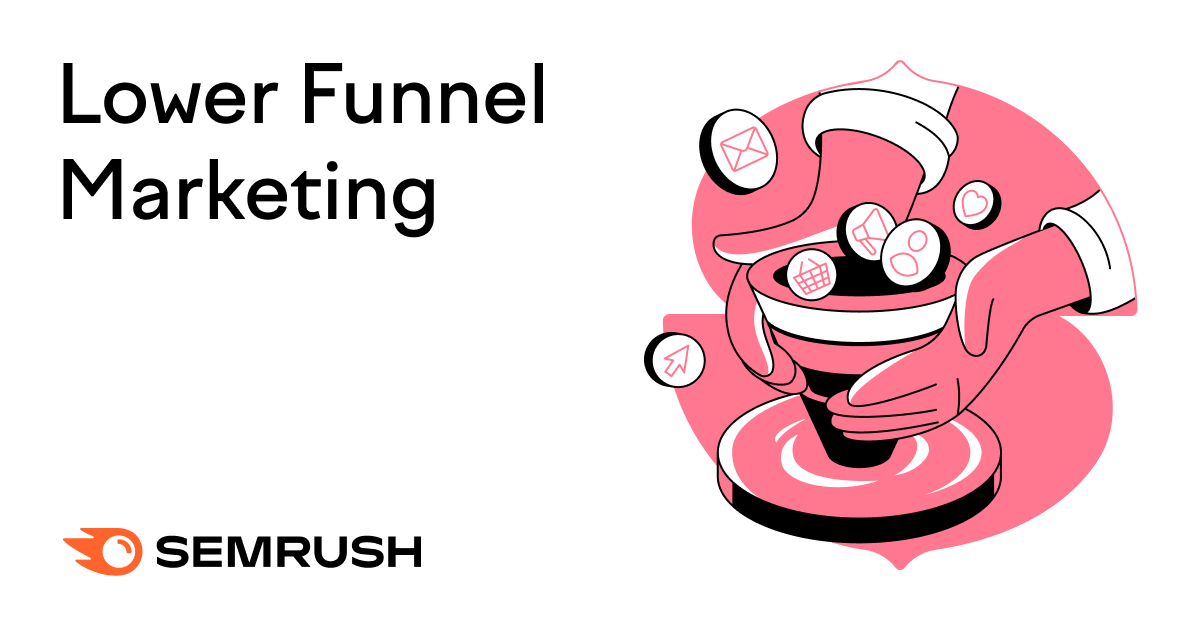


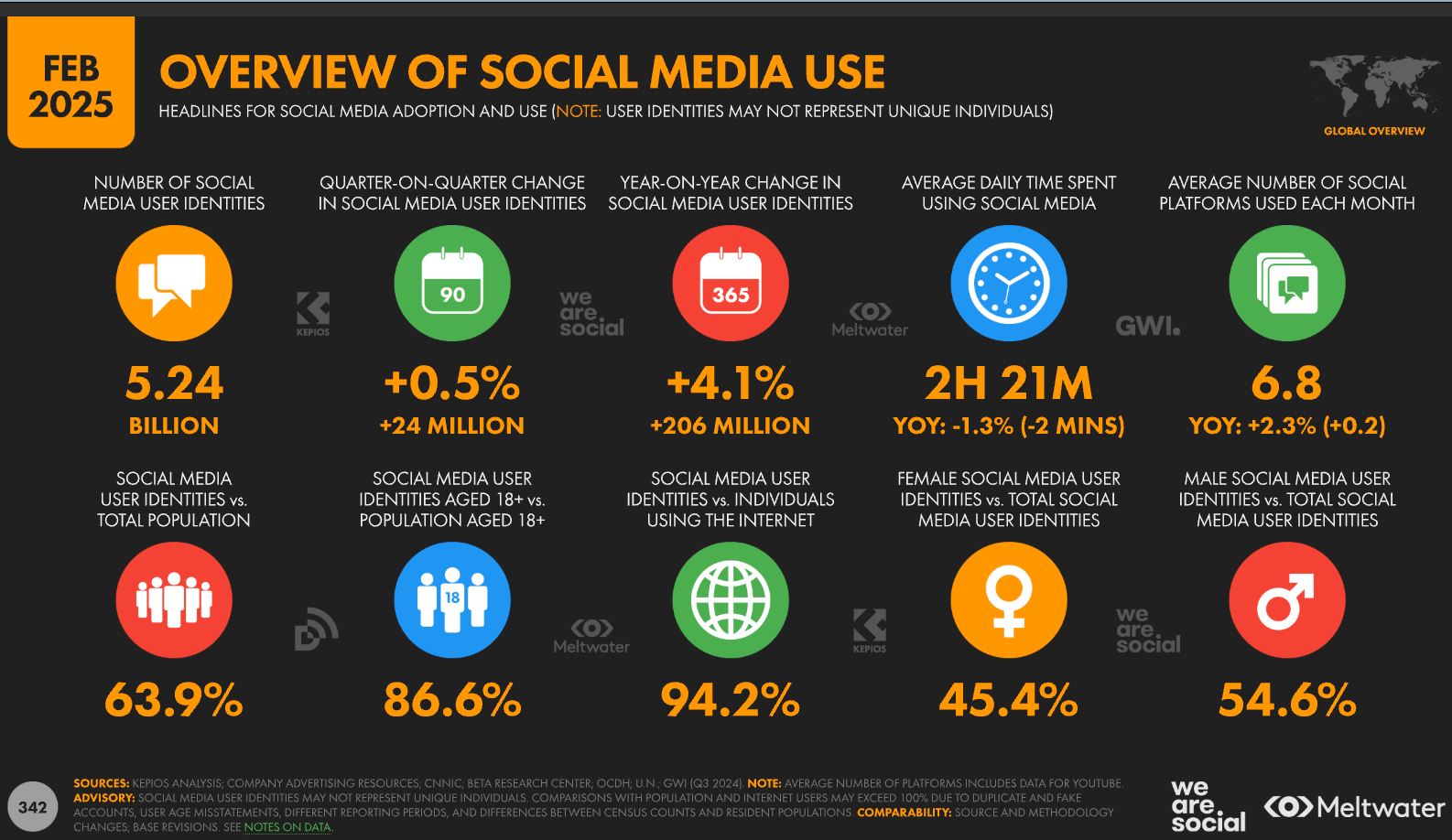












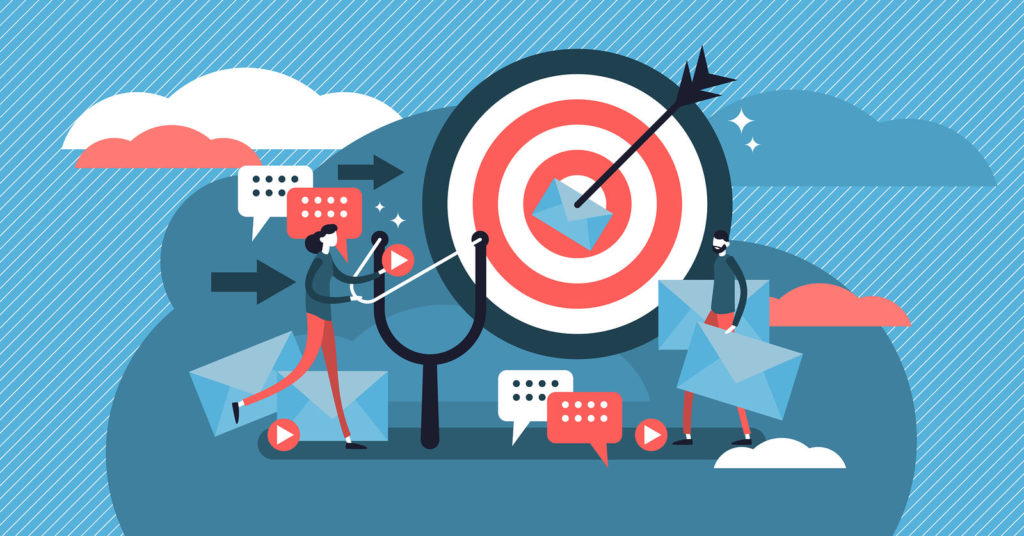
![The 11 Best Landing Page Builder Software Tools [2025]](https://www.growthmarketingpro.com/wp-content/uploads/2024/04/best-landing-page-software-hero-image-1024x618.png?#)






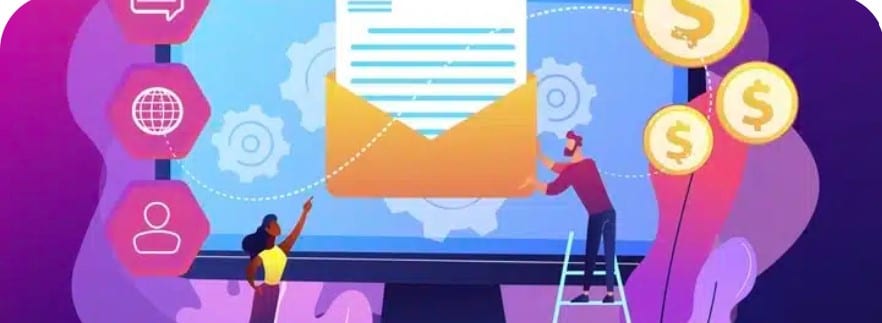



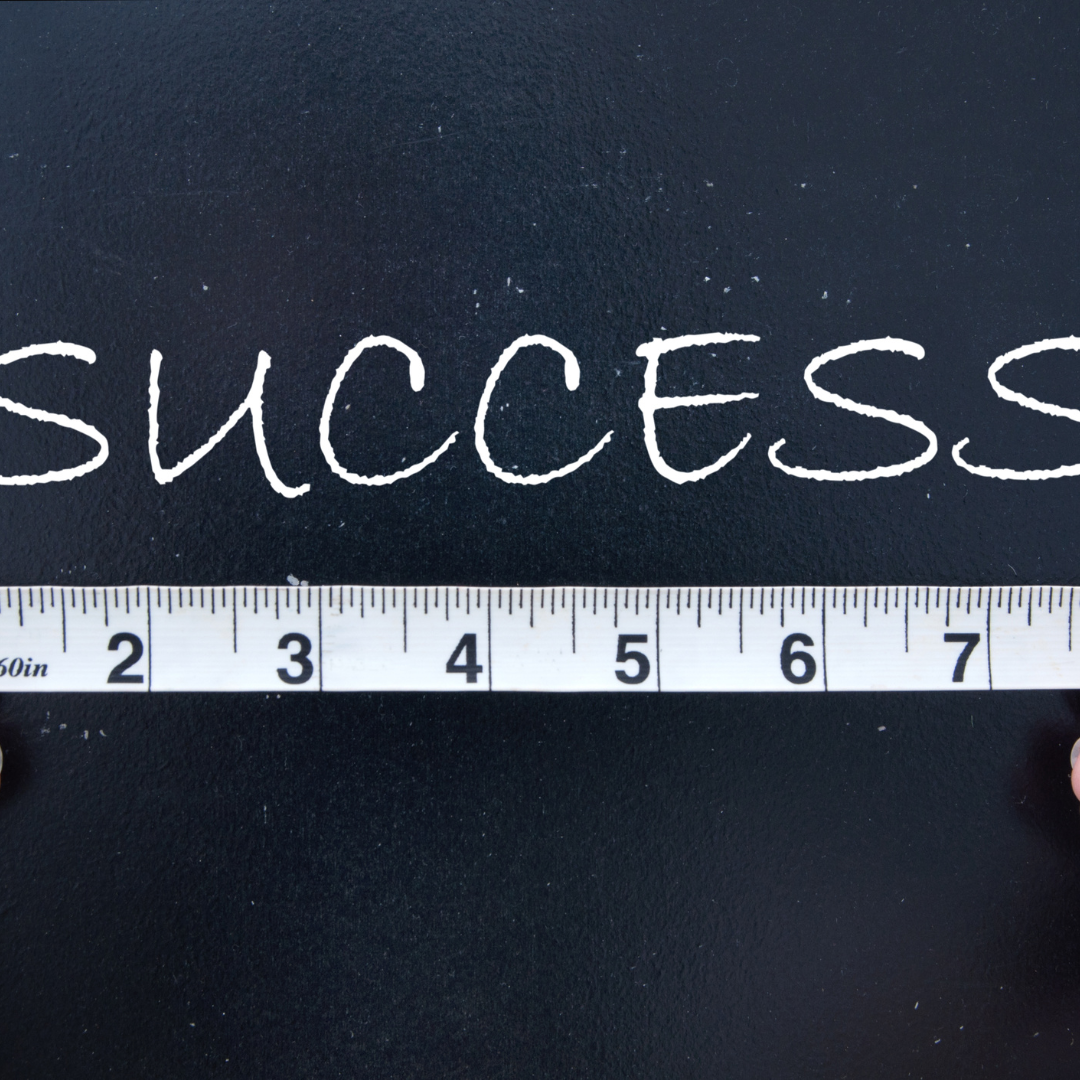




























![What Is Generative Engine Optimization [Tips & Workflows To Do It]](https://moz.com/images/blog/banners/What-Is-Generative-Engine-Optimization-Tips-Workflows-To-Do-It-1.png?auto=compress,format&fit=crop&dm=1745607929&s=6f75f1f02c531af0f80acb12517c8bab#)
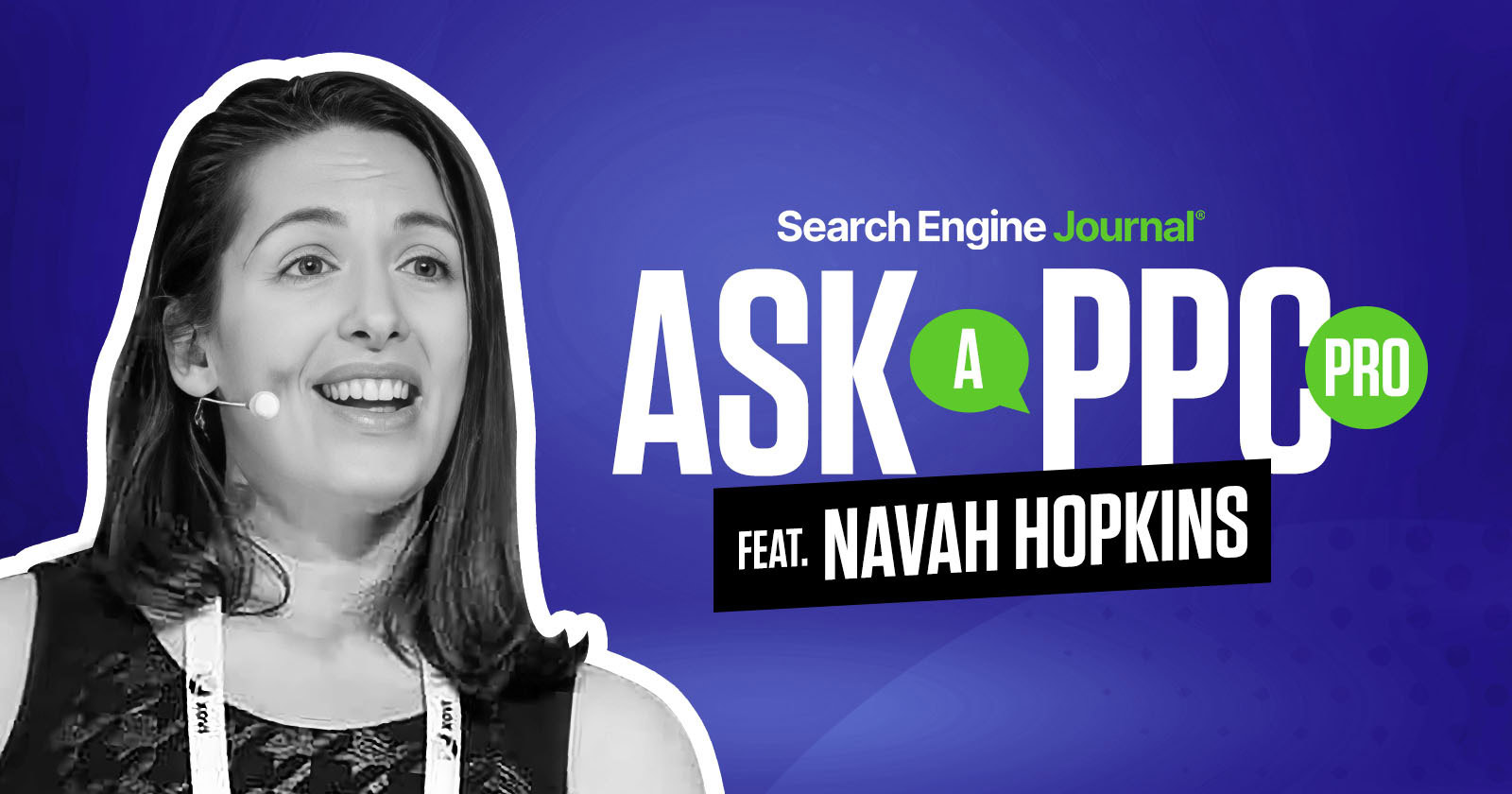


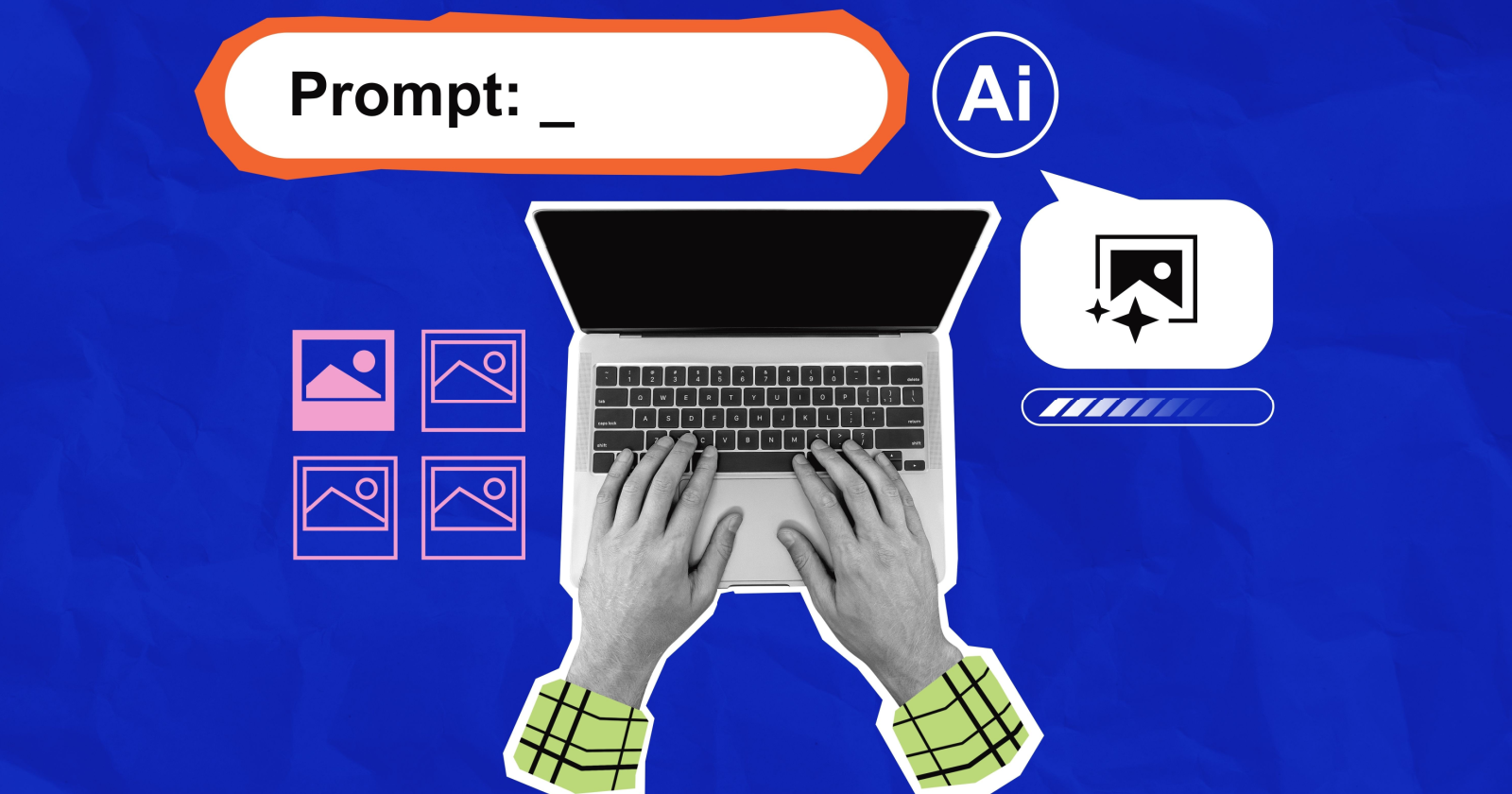

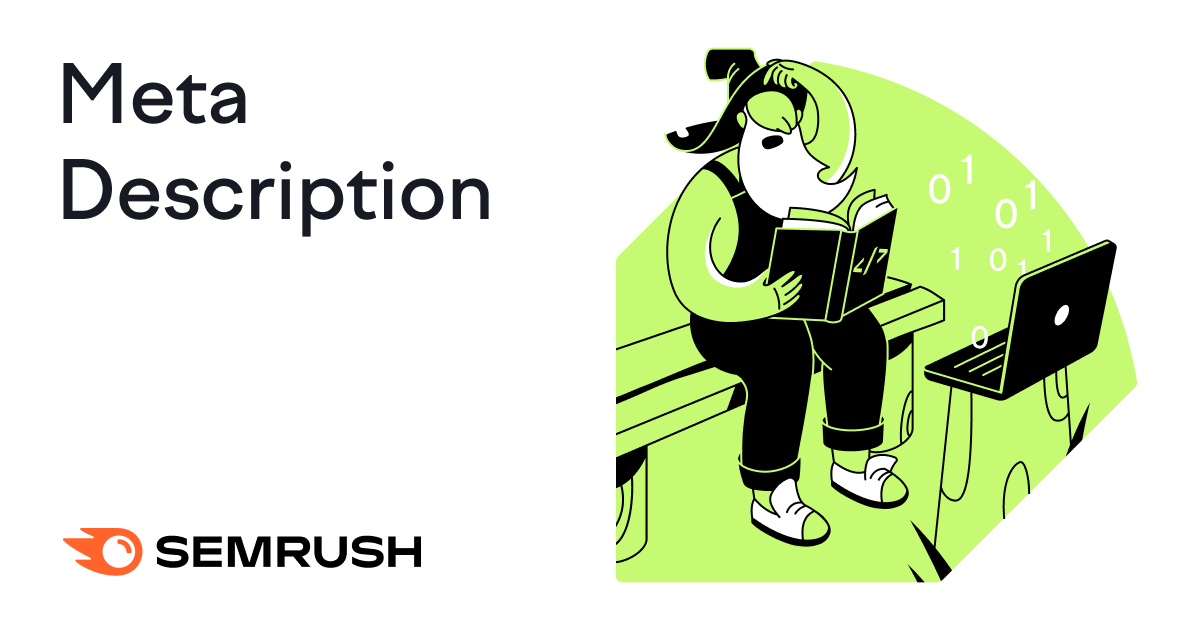

![SWOT Analysis: What It Is & How to Do It [Examples + Template]](https://static.semrush.com/blog/uploads/media/86/6a/866a1270ca091a730ed538d5930e78c2/do-swot-analysis-sm.png)
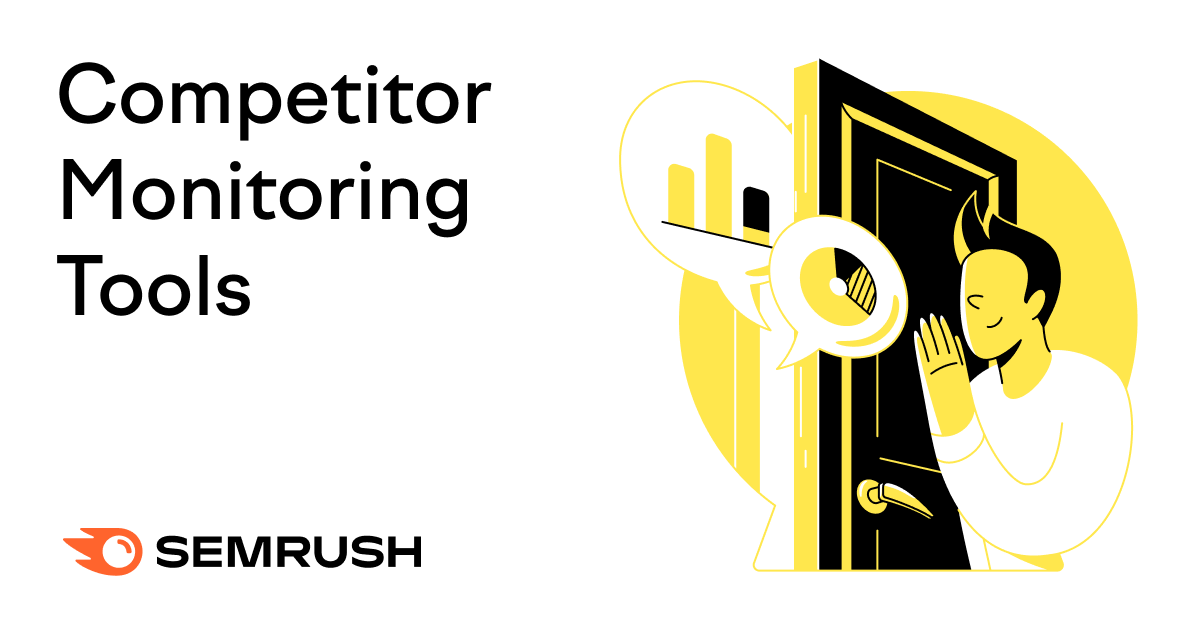
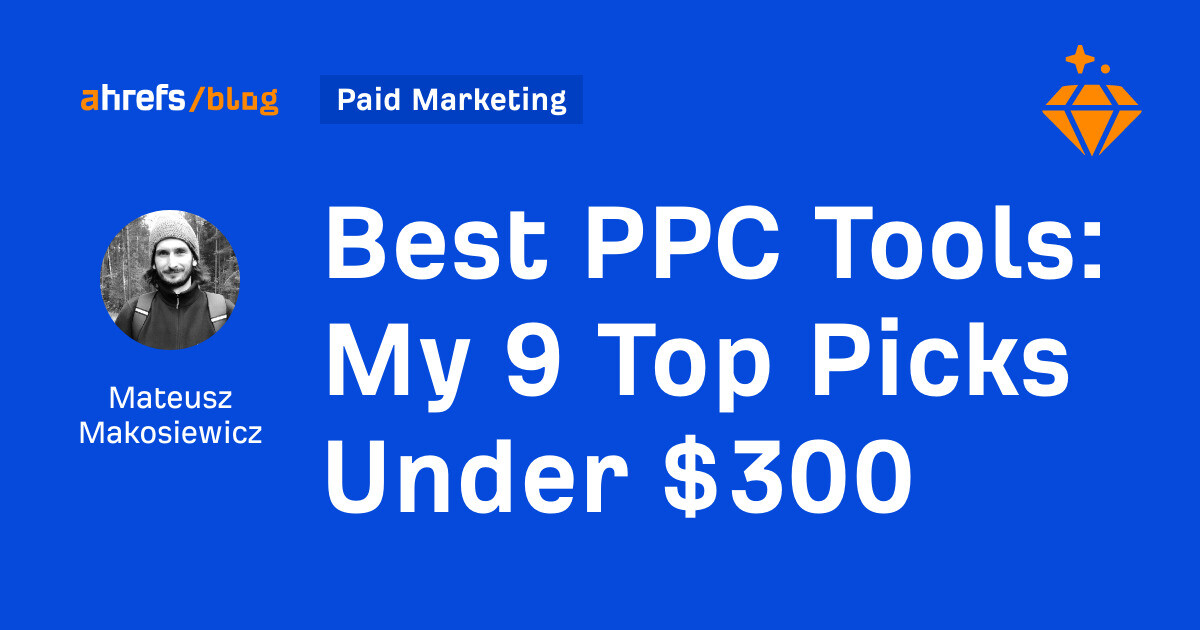

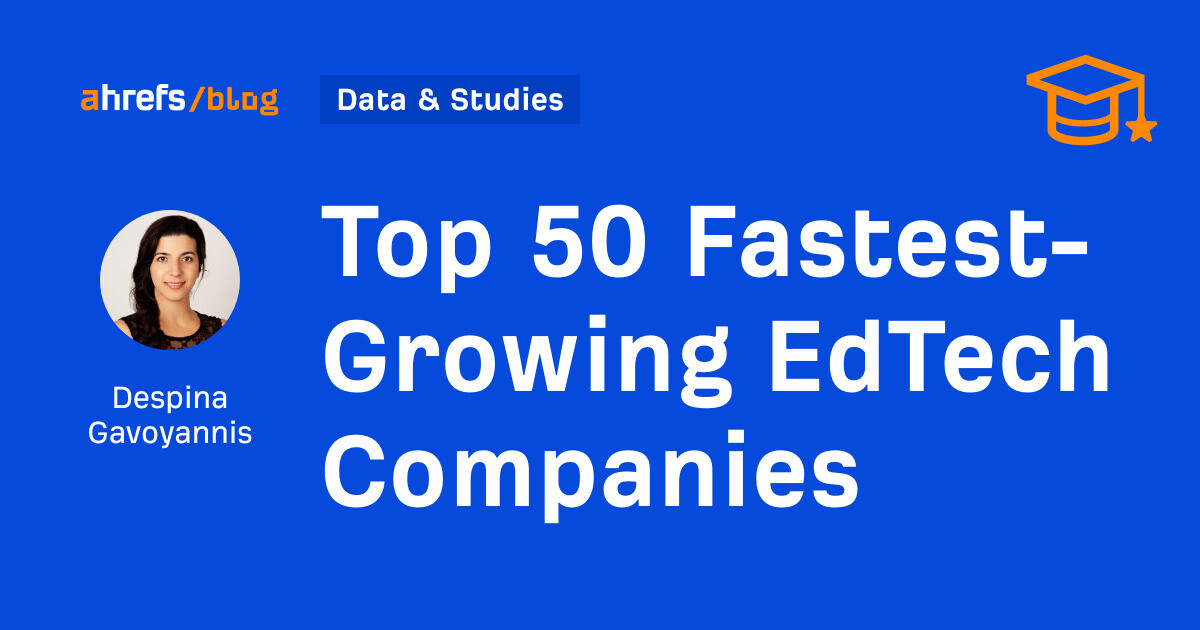
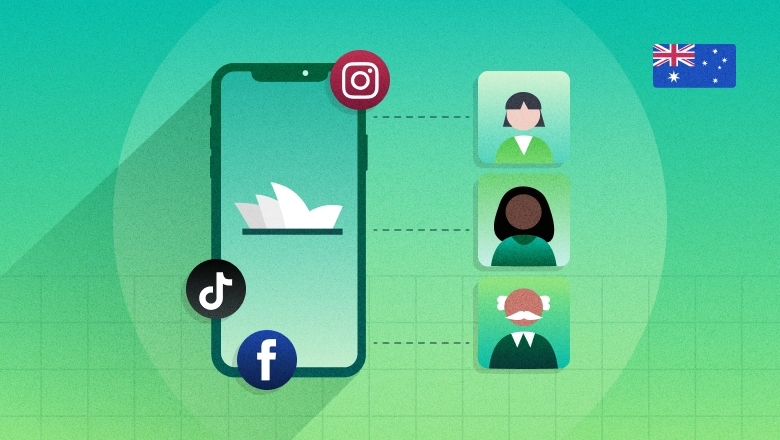
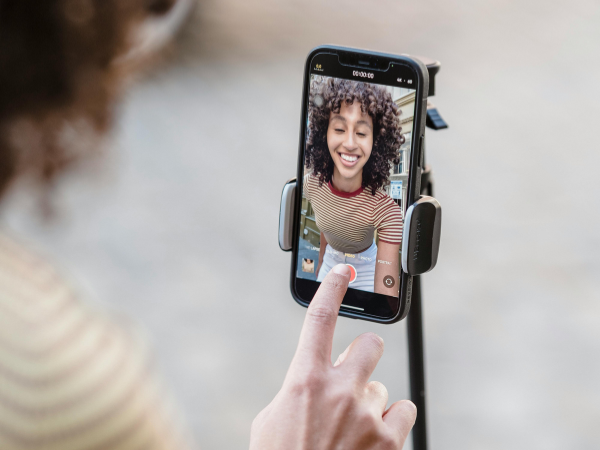

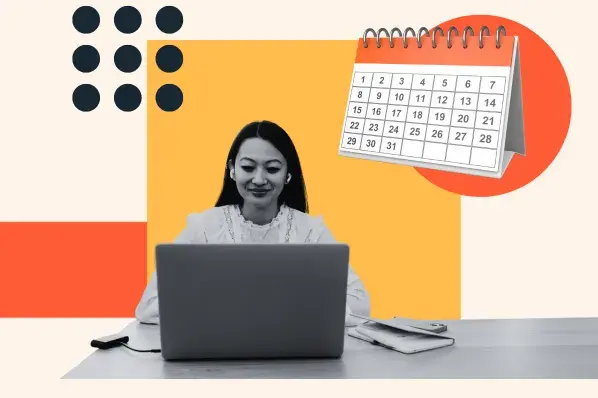

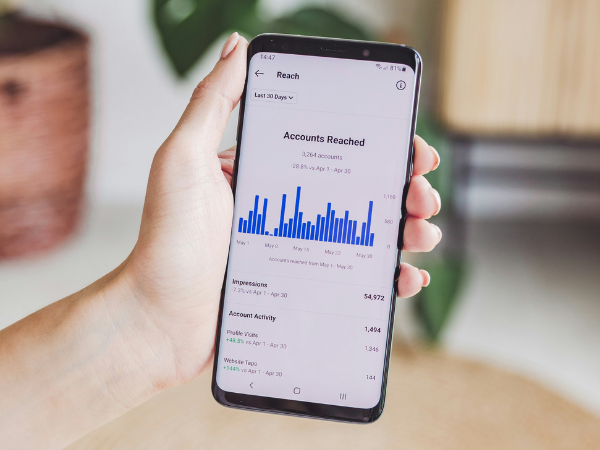
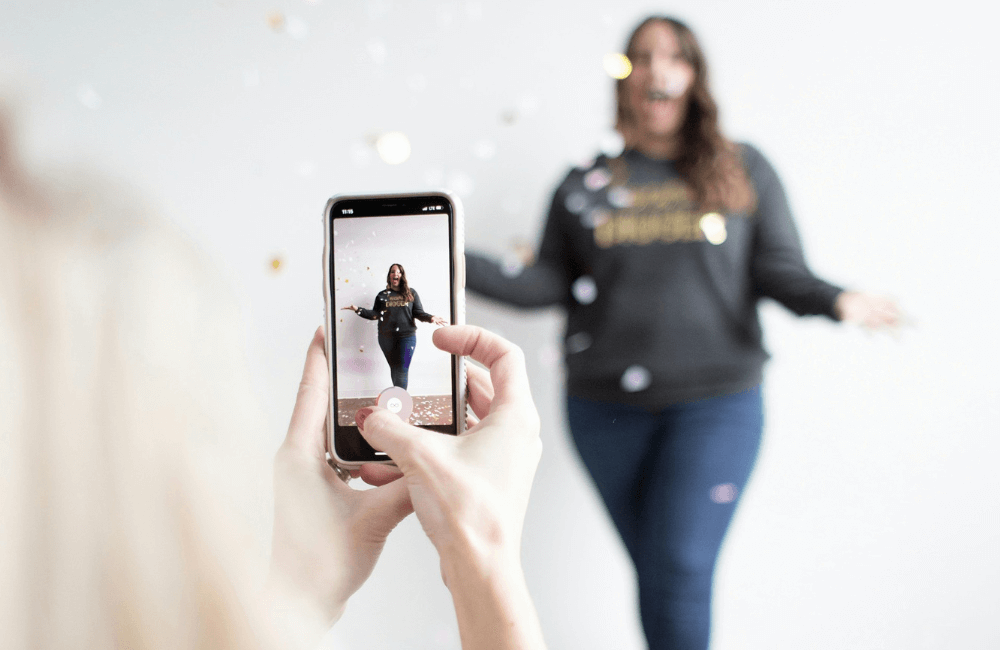







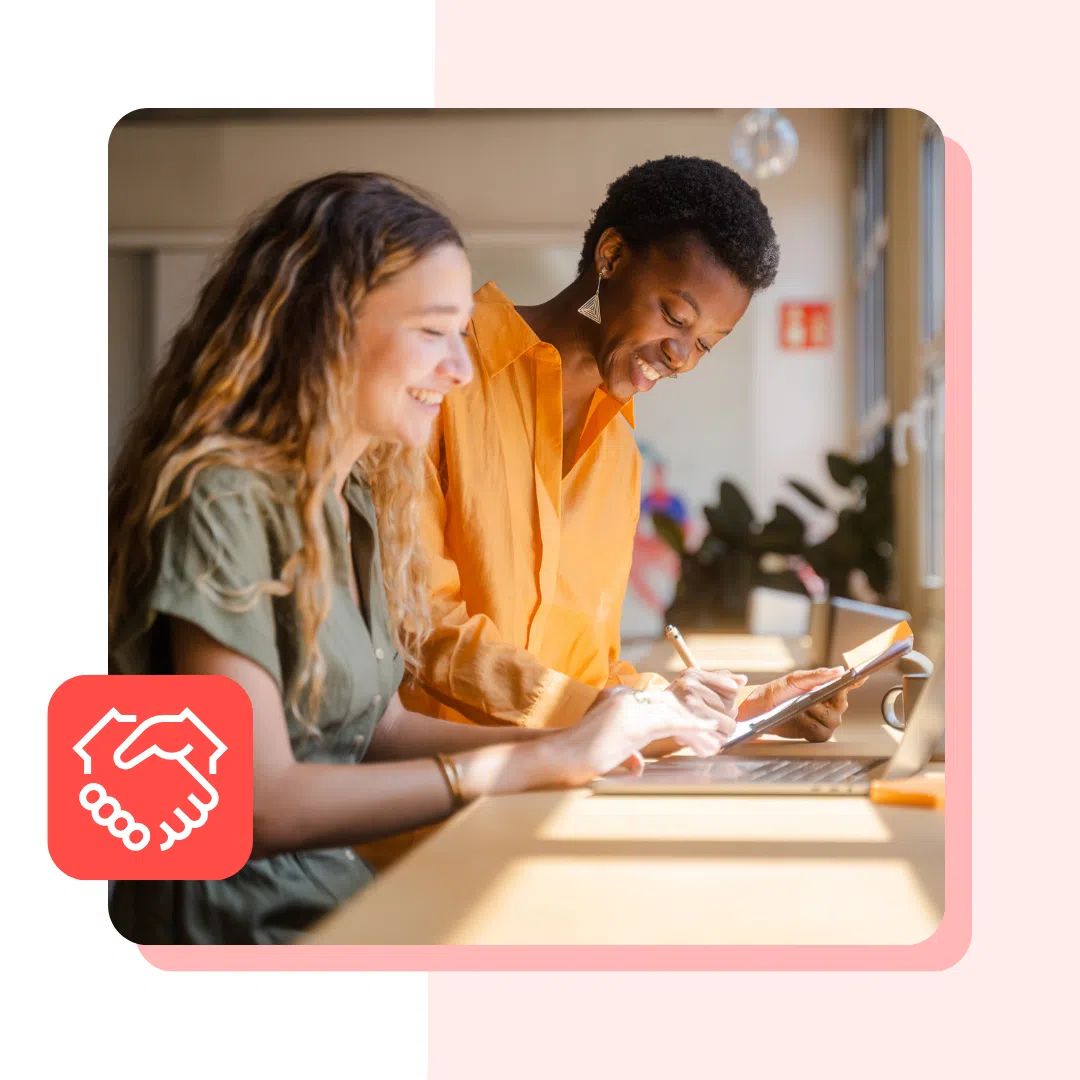
![How I write SMART goals and make them a reality [+ free SMART goal templates]](https://www.hubspot.com/hubfs/smart-goals-template-1-20240725-9753769-1.webp)
![The best social media platforms for video content in 2025 [consumer data]](https://www.hubspot.com/hubfs/Untitled%20design%20-%202024-09-13T190325.614.png)

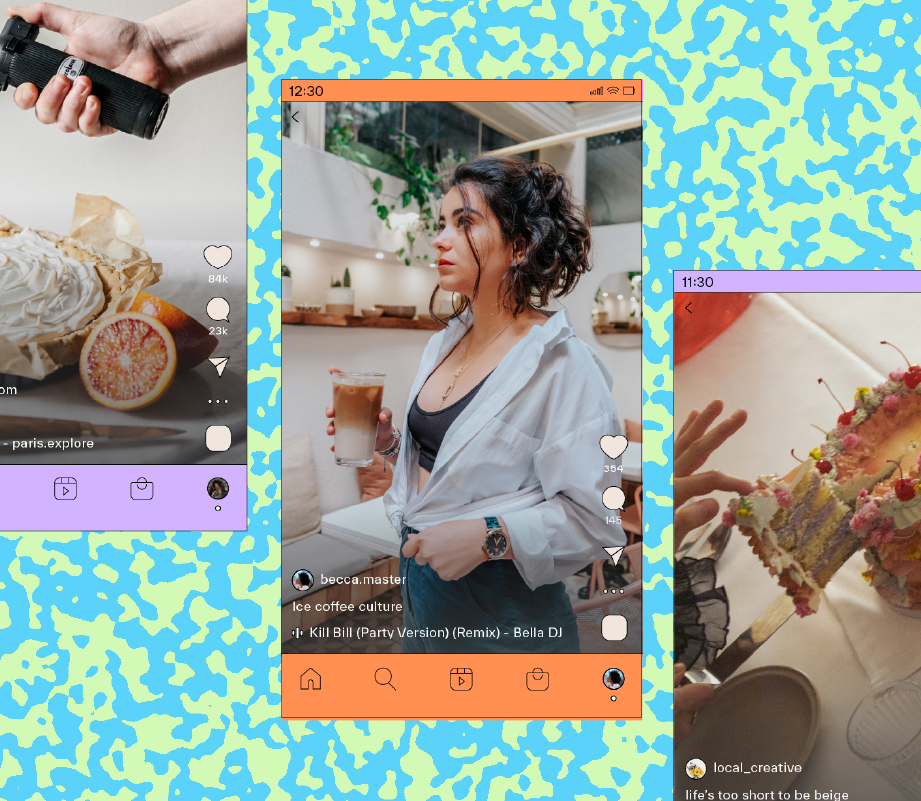




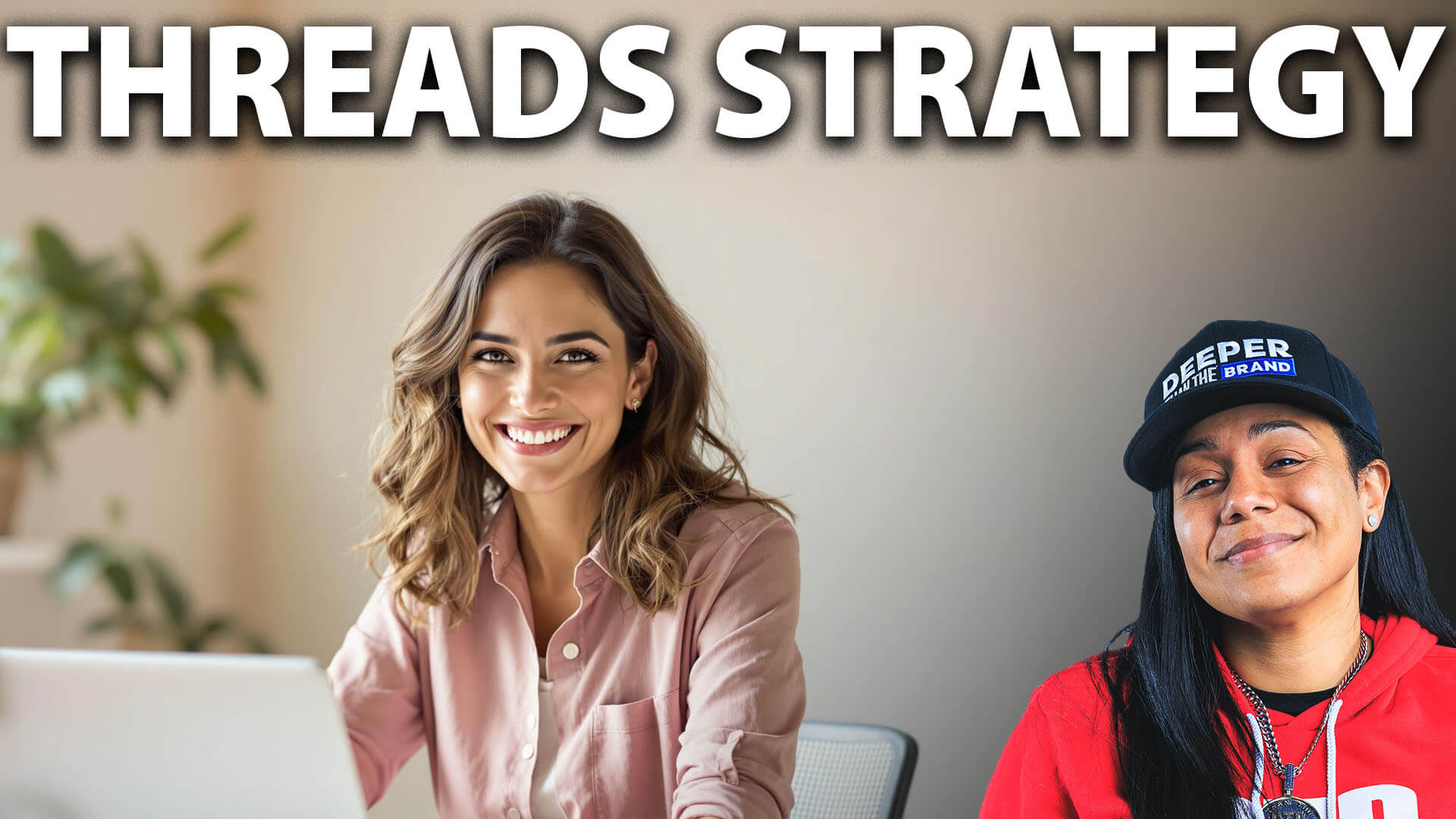





![An Ad Quality Control Checklist [Infographic]](https://imgproxy.divecdn.com/6nIRujQEJFAZ7N9aiG3W8ZdvYsZHRQGEYXyTvI-9_h8/g:ce/rs:fit:770:435/Z3M6Ly9kaXZlc2l0ZS1zdG9yYWdlL2RpdmVpbWFnZS9hZF9xdWFsaXR5X2NoZWNrbGlzdDIucG5n.webp)
